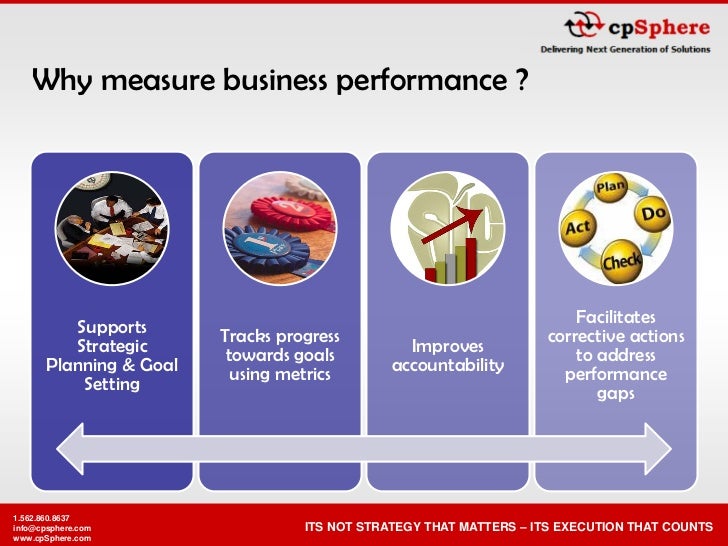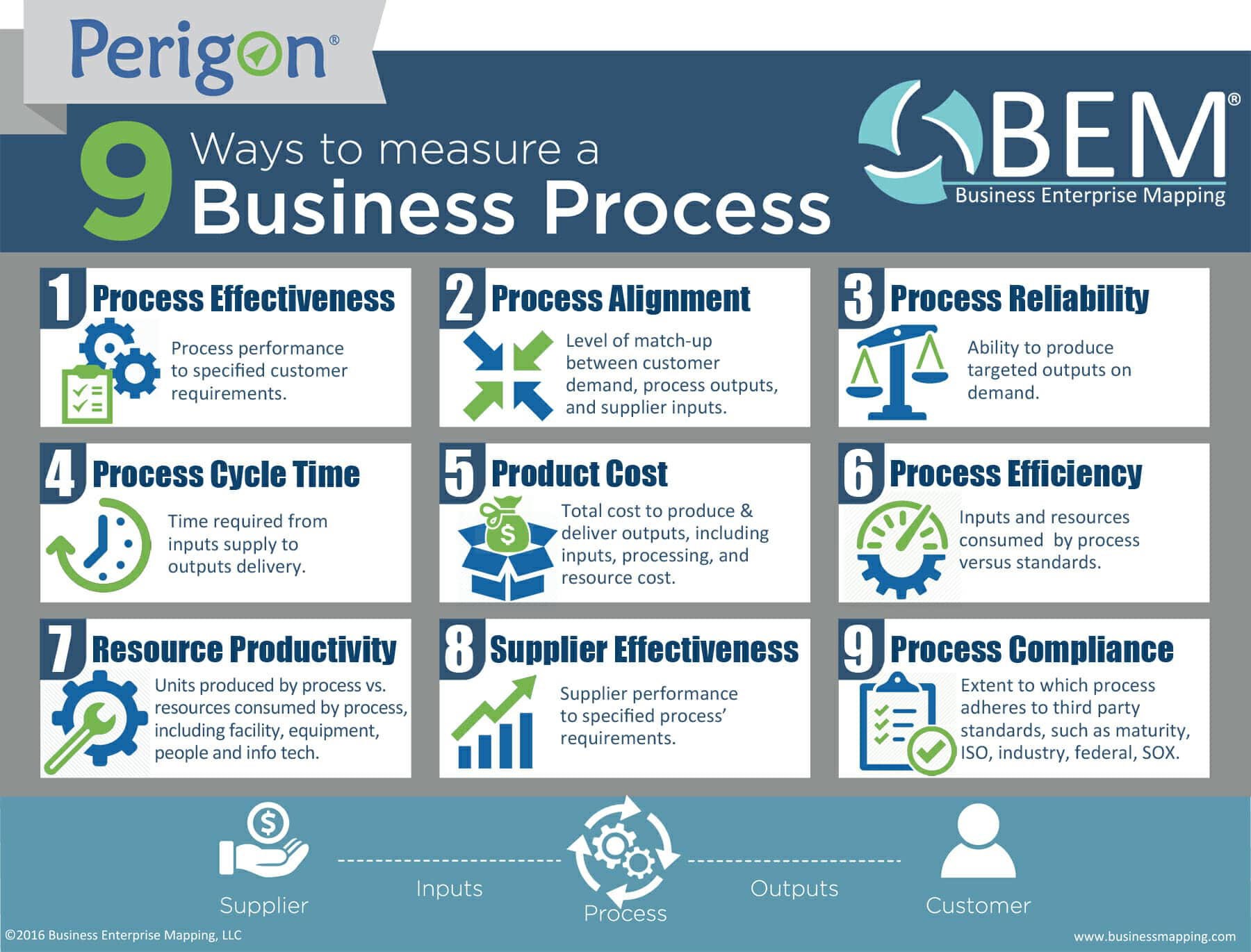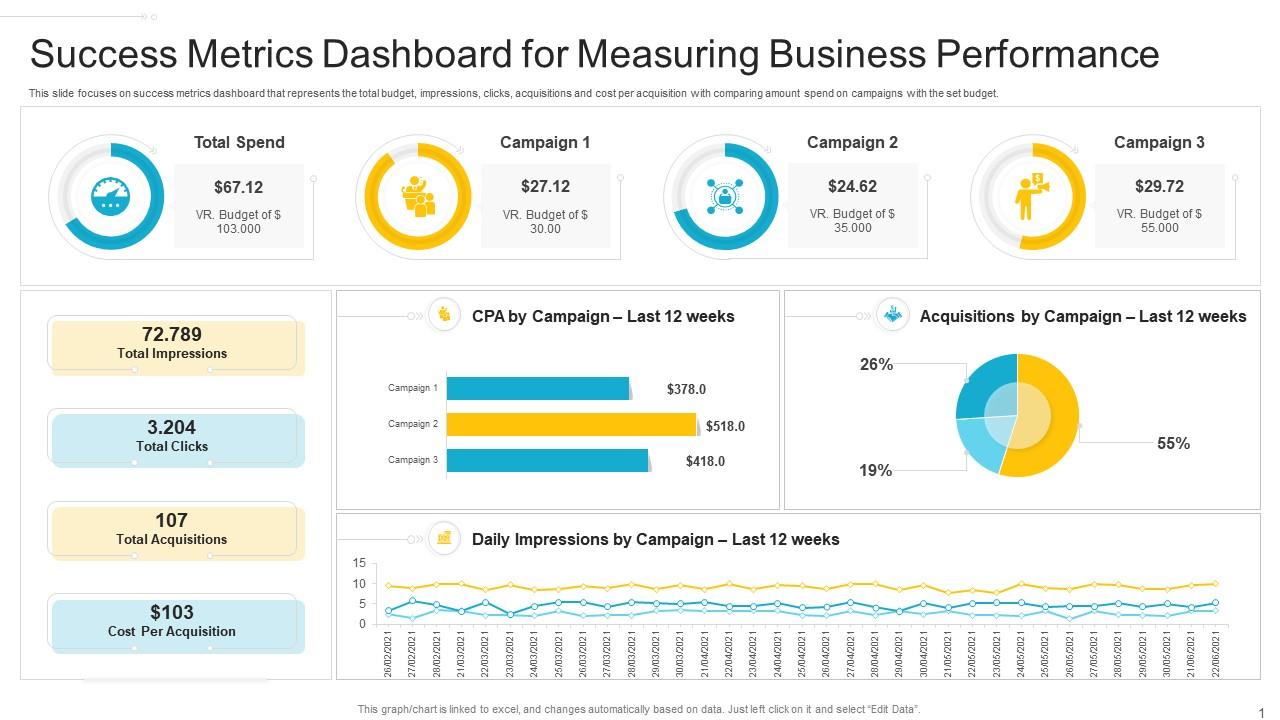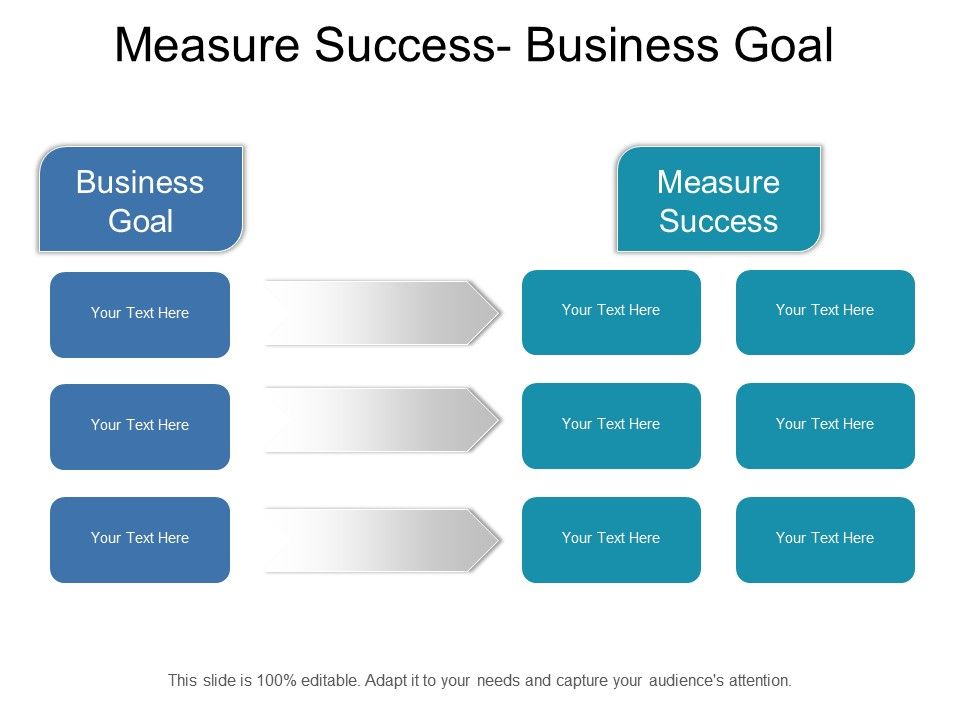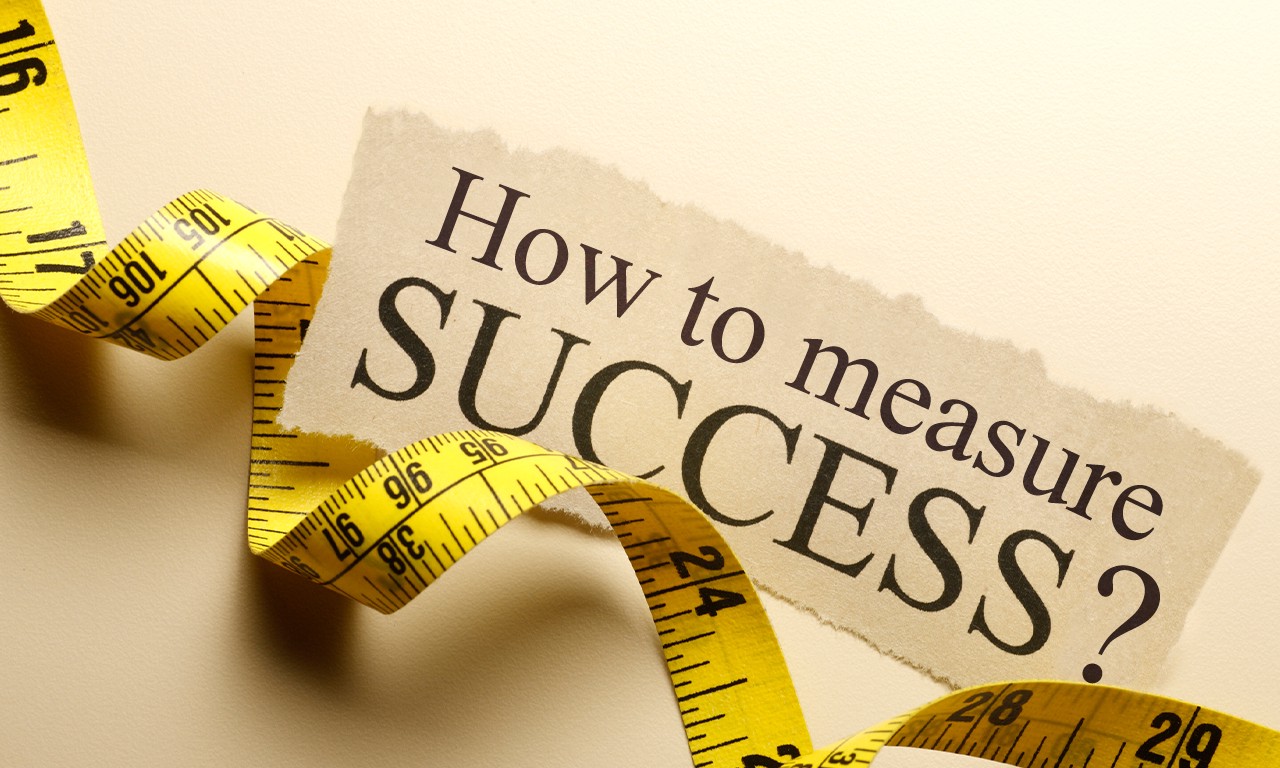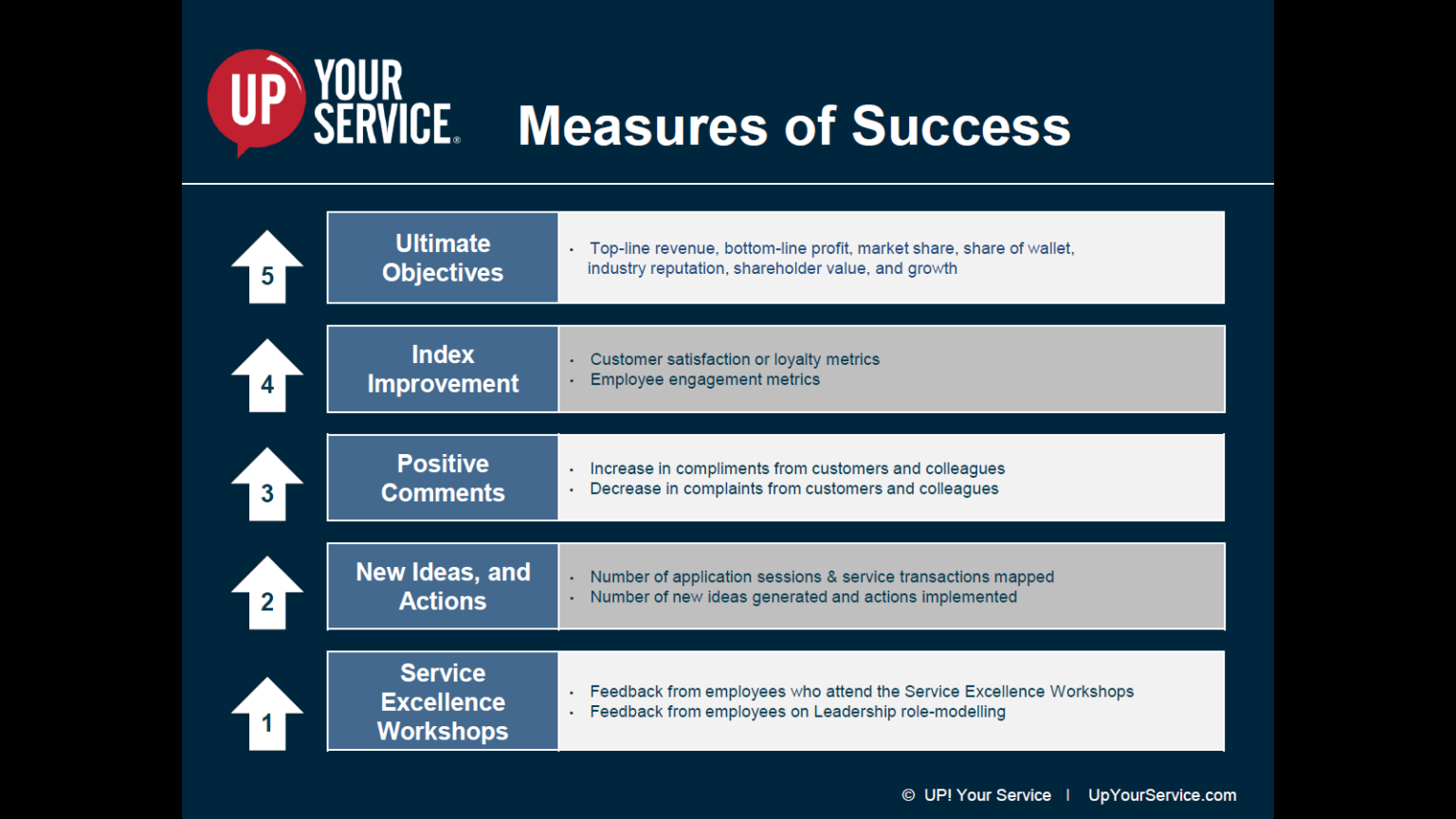How To Measure Success In A Business

The pursuit of success is the driving force behind every business venture, yet its definition remains elusive. For some, it's the sheer scale of revenue, while others prioritize market dominance or social impact. In an increasingly complex and interconnected global economy, businesses must refine their metrics for success beyond traditional financial statements.
This article delves into the multifaceted landscape of measuring business success, exploring a range of key performance indicators (KPIs), the significance of qualitative assessments, and the evolving emphasis on stakeholder value. Understanding how to accurately gauge progress and impact is essential for strategic decision-making, fostering sustainable growth, and ultimately, achieving a meaningful and enduring legacy.
Beyond the Bottom Line: Financial Metrics
Traditionally, financial metrics have served as the cornerstone of success measurement. Revenue growth remains a primary indicator, reflecting the company's ability to generate sales and expand its customer base.
However, revenue alone provides an incomplete picture. Profitability, measured through metrics such as gross profit margin, operating profit margin, and net profit margin, reveals the efficiency with which a company converts revenue into earnings. These numbers shows the ability to manage costs.
Cash flow is equally critical, reflecting the amount of cash a business generates and uses over a period. Strong cash flow enables investments in growth initiatives, debt reduction, and shareholder returns, according to the Investopedia financial dictionary.
Gauging Operational Efficiency
Beyond financial metrics, operational efficiency plays a crucial role in overall success. Inventory turnover, for example, measures how quickly a company sells and replenishes its inventory. A high turnover rate suggests efficient inventory management and strong demand.
Order fulfillment rates and customer acquisition costs are also vital KPIs. These metrics highlight the effectiveness of the sales and marketing efforts.
Furthermore, the cycle time, or the time it takes to complete a process from start to finish, can reveal opportunities for streamlining operations and improving productivity. Lowering cycle time often improve customer satisfaction.
Customer Satisfaction and Loyalty
In today's customer-centric economy, customer satisfaction is no longer a secondary consideration. Metrics such as Net Promoter Score (NPS), which measures customer willingness to recommend a company's products or services, provide valuable insights into customer loyalty and brand advocacy.
Customer retention rates indicate the percentage of customers who remain loyal over a given period. High retention rates demonstrate that customers are satisfied with their experience and are likely to continue doing business with the company.
Additionally, monitoring customer feedback through surveys, reviews, and social media engagement provides a direct line of sight into customer perceptions and expectations. Analyzing such metrics provide a comprehensive picture.
Employee Engagement and Culture
A company's employees are its most valuable asset. Therefore, measuring employee engagement and fostering a positive work culture are essential for driving long-term success. Employee turnover rates can be an indicator of employee satisfaction and engagement.
Regular employee surveys and feedback sessions can help identify areas for improvement in terms of employee development, recognition, and work-life balance. A healthy work-life balance has been a common requirement from the employees nowadays.
Furthermore, investing in employee training and development programs can enhance skills, boost morale, and contribute to a more engaged and productive workforce. Happy employees leads to happy customers.
Stakeholder Value and Social Impact
Increasingly, businesses are recognizing the importance of creating value for all stakeholders, including customers, employees, suppliers, communities, and the environment. This is now more important than ever.
Measuring environmental impact, such as carbon emissions and waste reduction, demonstrates a commitment to sustainability. Similarly, investing in community development initiatives and promoting ethical sourcing practices can enhance a company's reputation and build trust with stakeholders.
According to a recent report by the United Nations Sustainable Development Goals, businesses that prioritize stakeholder value and social impact are more likely to attract and retain customers, employees, and investors, leading to long-term success.
Looking Ahead: A Holistic Approach
Measuring business success is an ongoing process that requires a holistic approach. Businesses must establish clear goals and objectives, identify the relevant KPIs, and regularly monitor and analyze their performance. It should be performed regularly.
By embracing a broader definition of success that encompasses financial performance, operational efficiency, customer satisfaction, employee engagement, and stakeholder value, businesses can create a sustainable and impactful legacy. Businesses should be open to change.
As the business landscape continues to evolve, businesses must remain agile and adapt their metrics for success to reflect changing priorities and societal expectations. Only then can they truly thrive in the long term.
